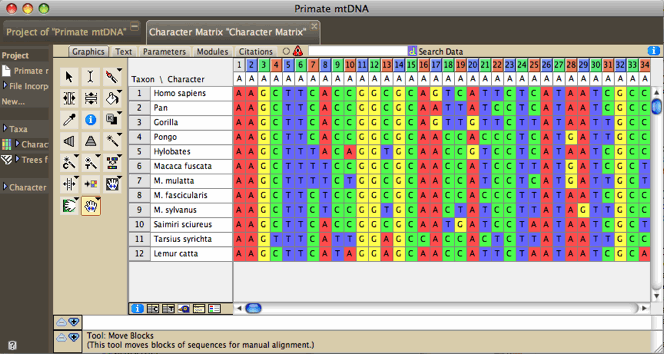

Finally, sequencing of CSF and blood variants during suppressive ART suggests that treatment initiated in the first months after HIV-1 acquisition may not prevent the establishment of HIV-1 compartmentalization in the CNS.

In a study of adults with early but not acute infection, subpopulations of HIV-1 in CSF were compartmentalized during the first year of infection, with CSF variants longitudinally observed to evolve independently from blood, beginning as early as four months after estimated HIV-1 infection. Compartmentalized HIV-1 variants have been detected within the first two years of life in children infected through vertical transmission, with some cases of compartmentalization appearing to arise from stochastic events of sequestration of a single variant of multiple transmitted/founder (T/F) viruses within the CNS compartment, while others develop more gradually with local evolution over time. It is unclear how early, and by what processes, compartmentalized HIV-1 replication begins in the CNS compartment. However, discordant viral populations between blood and CSF have been detected in neurologically asymptomatic individuals and in those with mild forms of HAND. This has led to the premise that either local HIV-1 replication itself or the attendant CNS local inflammation may contribute to HAND pathogenesis. CNS compartmentalization is prevalent in individuals with HIV-associated dementia, the most severe form of HAND that is now rarely seen with the advent of ART. In chronic infection, the CNS can be a site of locally replicating, compartmentalized HIV-1 infection, with persistence of unique viral quasispecies and even independent viral evolution. Disease manifestations may include meningoencephalitis and clinical HIV-associated neurocognitive disorder (HAND). However, information about tissue compartmentalization of HIV-1 during acute infection is still limited.Īlthough HIV-1 does not infect neurons, it is known to be directly neuropathogenic through local viral infection of other cells within the CNS and associated immunopathogenesis.

Previous studies have revealed that genital compartmentalization of HIV-1 can occur at the early stage of HIV-1 infection in humans, and compartmentalization in the anogenital tract has been described very early in rhesus monkeys during acute simian immunodeficiency virus (SIV) infection. Most studies assessing viral compartmentalization in the CNS via cerebrospinal fluid (CSF) collection have been in individuals with chronic HIV-1 infection. The central nervous system (CNS) compartment is one of several sites (including breast milk, lung, and the genital compartment) in which compartmentalized HIV-1 replication has been observed in humans. Understanding the establishment and persistence of HIV-1 at these tissue sites is critical for current efforts aimed at HIV-1 remission, as evidence of HIV-1 replication in sites other than systemic T lymphoid cells may be a potential source of HIV-1 despite peripheral T cell sources of HIV-1 replication being contained or eradicated. Additionally, differences in infected cell types and varying tissue penetration of antiretroviral therapy (ART) drugs may lead to incomplete viral suppression or ongoing immune perturbation, even after effective ART is initiated. Early tissue dissemination may facilitate the formation of sites of viral persistence as tissues outside of the well-characterized circulating CD4 + T lymphocyte population are subject to distinct immune surveillance. Although acute HIV-1 infection (AHI) has been primarily studied for its role in the establishment of a persistent systemic infection with immediate as well as chronic effects on the immune system, HIV-1 is also known to disseminate to diverse tissue sites during the earliest stages of infection.


 0 kommentar(er)
0 kommentar(er)
